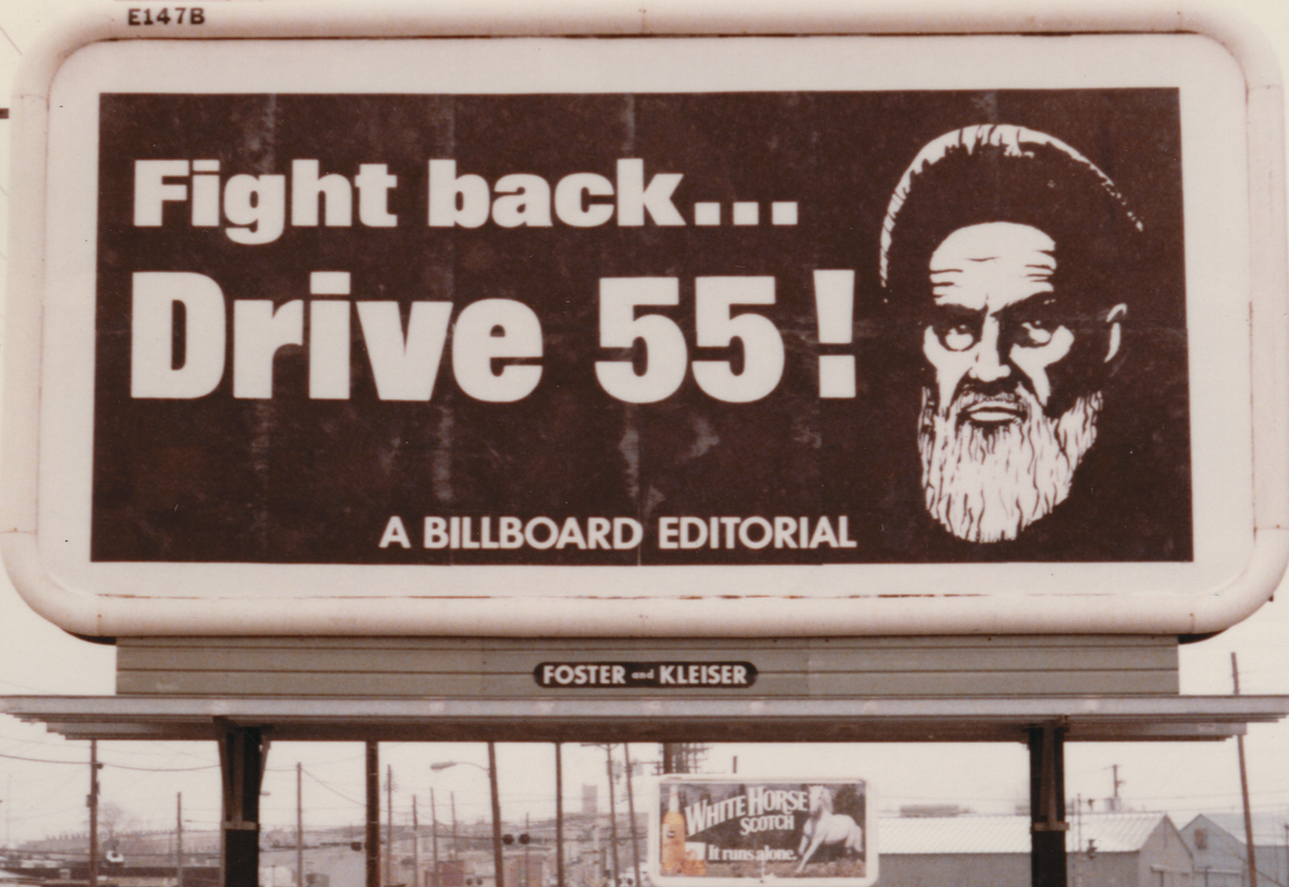Energy and Environmental Reform.
Printed Page 830 Chapter Chronology
Energy and Environmental Reform. Complicating the government's battle with stagflation was the nation's enormous energy consumption and dependence on foreign nations to fill one-third of its energy demands. Consequently, Carter proposed a comprehensive program to conserve energy, and he elevated its importance by establishing the Department of Energy. Beset with competing demands among energy producers and consumers, Congress picked Carter's program apart. The National Energy Act of 1978 penalized manufacturers of gas-guzzling automobiles and provided other incentives for conservation and development of alternative fuels, such as wind and solar power, but the act fell far short of a long-term, comprehensive program.
National Energy Act of 1978
Legislation that penalized manufacturers of gas-guzzling automobiles and provided additional incentives for energy conservation and development of alternative fuels, such as wind and solar power. The act fell short of the long-term, comprehensive program that President Carter advocated.
Visual Activity for Chapter 30

In 1979, a new upheaval in the Middle East, the Iranian revolution, created the most severe energy crisis yet. In midsummer, shortages caused 60 percent of gasoline stations to close down, resulting in long lines and high prices. In response, Congress reduced controls on the oil and gas industry to stimulate American production and imposed a windfall profits tax on producers to redistribute some of the profits they would reap from deregulation.
European nations were just as dependent on foreign oil as was the United States, but they more successfully controlled consumption. They levied high taxes on gasoline, causing people to rely more on public transportation and manufacturers to produce more energy-efficient cars. In the automobile-dependent United States, however, with inadequate public transit, a sprawling population, and an aversion to taxes, politicians dismissed that approach. By the end of the century, the United States, with 6 percent of the world's population, would consume more than 25 percent of global oil production (Map 30.1).
Map Activity 1 for Chapter 30


A vigorous environmental movement opposed nuclear energy as an alternative fuel, warning of radiation leakage, potential accidents, and the hazards of radioactive wastes. In 1976, hundreds of members of the Clamshell Alliance went to jail for attempting to block construction of a nuclear power plant in Seabrook, New Hampshire; other groups sprang up across the country to demand an environment safe from nuclear radiation and waste. The perils of nuclear energy claimed international attention in March 1979, when a meltdown of the reactor core was narrowly averted at the nuclear facility near Harrisburg, Pennsylvania. Popular opposition and the great expense of building nuclear power plants stalled further development of the industry, which provided 10 percent of the nation's electricity in the 1970s. A disaster at Love Canal in Niagara Falls, New York, advanced other environmental goals by underscoring the human costs of unregulated development. Residents suffering high rates of serious illness discovered that their homes sat amid highly toxic waste products from a nearby chemical company. Finally responding to the residents' claims in 1978, the state of New York agreed to help families relocate, and the Carter administration sponsored legislation in 1980 that created the so-called Superfund, $1.6 billion for cleanup of hazardous wastes left by the chemical industry around the country.
Carter also signed bills to improve clean air and water programs; to expand the Arctic National Wildlife Refuge (ANWR) preserve in Alaska; and to control strip-mining, which left destructive scars on the land. During the 1979 gasoline crisis, Carter attempted to balance the development of domestic fuel sources with environmental concerns, winning legislation to conserve energy and to provide incentives for the development of solar energy and environmentally friendly alternative fuels.